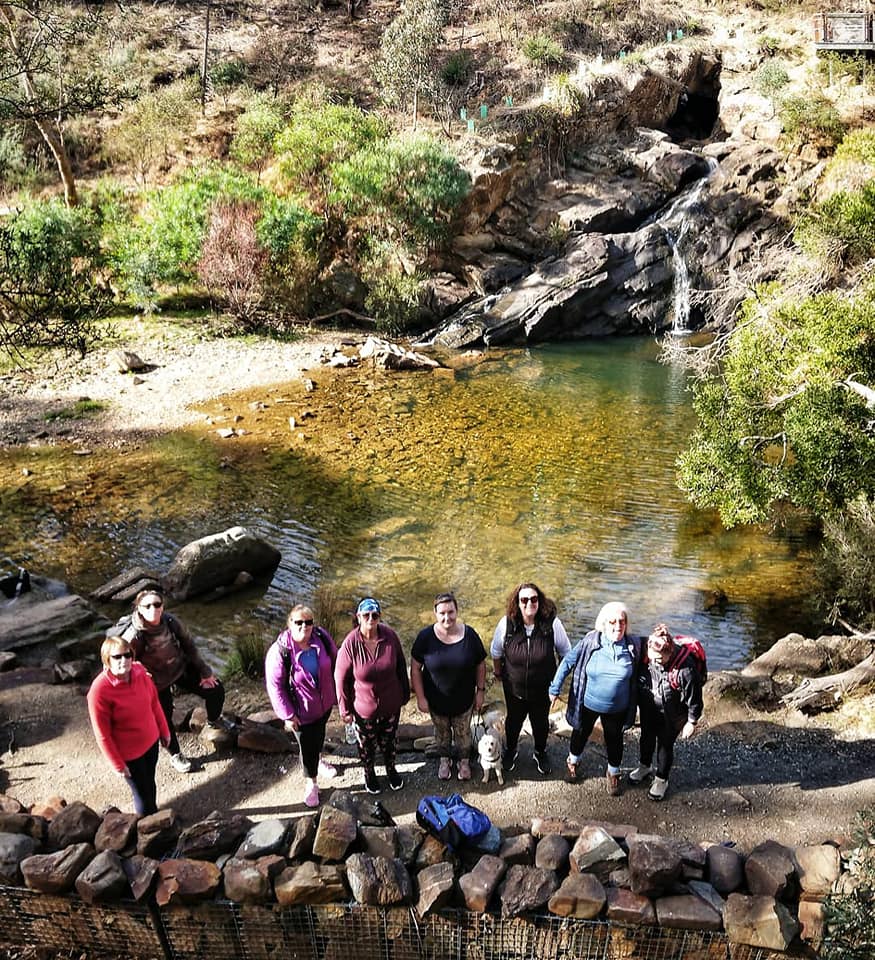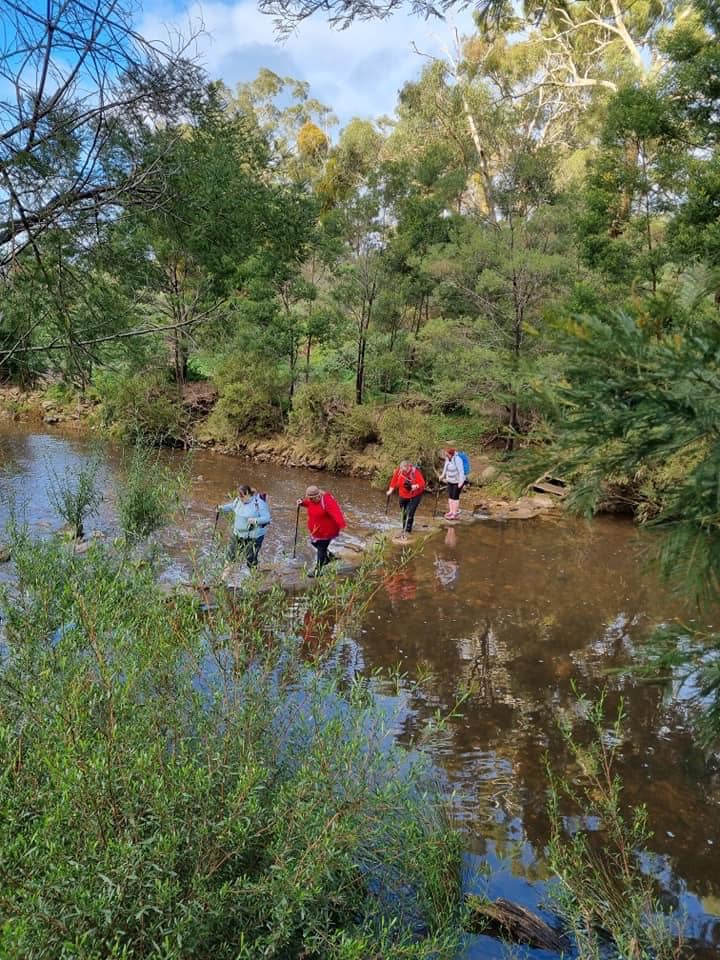Governance Structure
The Governance structure of Outdoor Health Australia consists of:
- The Board of Directors: The Board is the principal governing body of Outdoor Health Australia, responsible for setting strategic direction, ensuring compliance with legal obligations, and overseeing the organisation’s operations and financial management. Some board members have special responsibilities or focus areas.
- Committees: The Board may establish Committees to focus on specific areas. Each Committee has a nominated / elected Convener and must include at least one Director as a member. Elected regional representatives sit within the Community and Engagement committee.
Our membership is embedded into the organisational structure, with open invitation for active participation and involvement. The interest areas acknowledge the diverse range of approaches and modalities that make up Outdoor Health.
Purpose
Outdoor Health Australia, is committed to advancing health, wellbeing and healing by supporting evidence-informed nature-based services to improve the physical, mental, and social health and wellbeing of Australians.
The full list of our declared purposes can be found in our constitution.


Background
The Australian Association for Bush Adventure Therapy (AABAT) developed the term Outdoor Healthcare and Outdoor Health in consultation with Federal and State government representatives and a range of stakeholders prior to hosting the Eighth International Adventure Therapy Conference in 2018.
In 2018 AABAT established a voluntary Outdoor Health Policy Unit to engage with government so that more people may benefit from evidence-informed nature-based health practices. The Policy unit has worked to consolidate BAT as an evidence-informed health and wellbeing intervention, hosted national events, connected with proponents of other nature-based health modalities and national bodies, established an Outdoor Health Service Directory (under development), and begun to consolidate a national network of Outdoor Health researchers (under development).
In 2023, the AABAT membership voted to transition to a new entity structure and name ‘Outdoor Health Australia’ to better support the sector and this transition took place in early 2024.
Scope
For Outdoor Health Australia, Outdoor Health includes health practices, interventions and methodologies that both draw from, and contribute to, the extensive body of existing human-nature-health research.
Well over 30 forms of nature-based interventions are used in Australia and around the world. Examples include Adventure therapy, Animal-assisted therapies, Ecopsychology, Ecotherapy, Equine Therapy, Forest Therapy and Therapeutic horticulture, to name a few. Outdoor Counselling is now provided using a range of evidence-based psychotherapeutic approaches such as Narrative therapy and trauma-focused CBT, and being combined with techniques such as mindfulness in a range of nature-based health interventions. According to theoretical and empirical research, proponents of these modalities have adapted their approaches for wide-ranging target groups to great effect.
Bush Adventure Therapy (BAT) is an evidence-informed nature-based health intervention that mobilises the known benefits of four mechanisms of change to achieve therapeutic outcomes for those involved: 1. nature-contact, 2. social relationships, 3. physical activity, and 4. psychological care. Understood internationally as ‘adventure therapy’, BAT is currently used in Australia with wide-ranging target groups that include: Aboriginal men, women and families for health, youth for mental health treatment, women and child survivors of family violence, young people in out of home care, and police officers who are displaying early signs of trauma, to name a few examples (see aabat.org.au for more information).
Further examples of nature-contact being mobilised for human health and wellbeing include the emerging practice by General Practitioners of prescribing nature-contact for patients, the emerging practice of qualified counsellors taking clients out-of-doors for therapy, and the greening of curriculum and practices within psychology and social work.
Activities such as Forest Bathing and Nature-based Mindfulness, along with research in the area of Therapeutic Landscapes provide additional perspectives and deepen the existing human-nature-health evidence base.
Aspirations
Outdoor Health Australia is a way of connecting:
- the general public with nature-based health services,
- nature-based health providers with bodies of research evidence, and researchers with practitioners,
- nature-based health providers with government and funding bodies.
AABAT’s Outdoor Health Policy Unit identified the following list of aspirations, to be refined with collaborating partners over time:
- Connect existing nature-based health providers, including practitioners, organisations, communities of practice, networks, forums, associations and representative bodies.
- Facilitate innovation forums to share knowledge, resources and efforts amongst nature-based researchers, practitioners, managers and policy makers.
- Develop collaborative research alliances to build a connected and coherent evidence base .
- Support training, quality assurance, accreditation and self regulation to support safe and effective practices.
- Explore the merits of establishing a national representative body prepared to advise government in relation to policies and programs that reflect the benefits of ‘Nature for health’.
- Advocate for government-funded research and intervention trials to support the translation of human-nature-health research into effective health interventions.
- Establish a legitimate role, and appropriate funding, for evidence-informed nature-based health interventions, and build understanding across all levels of government about the affordability, accessibility and efficacy of nature-based interventions.
